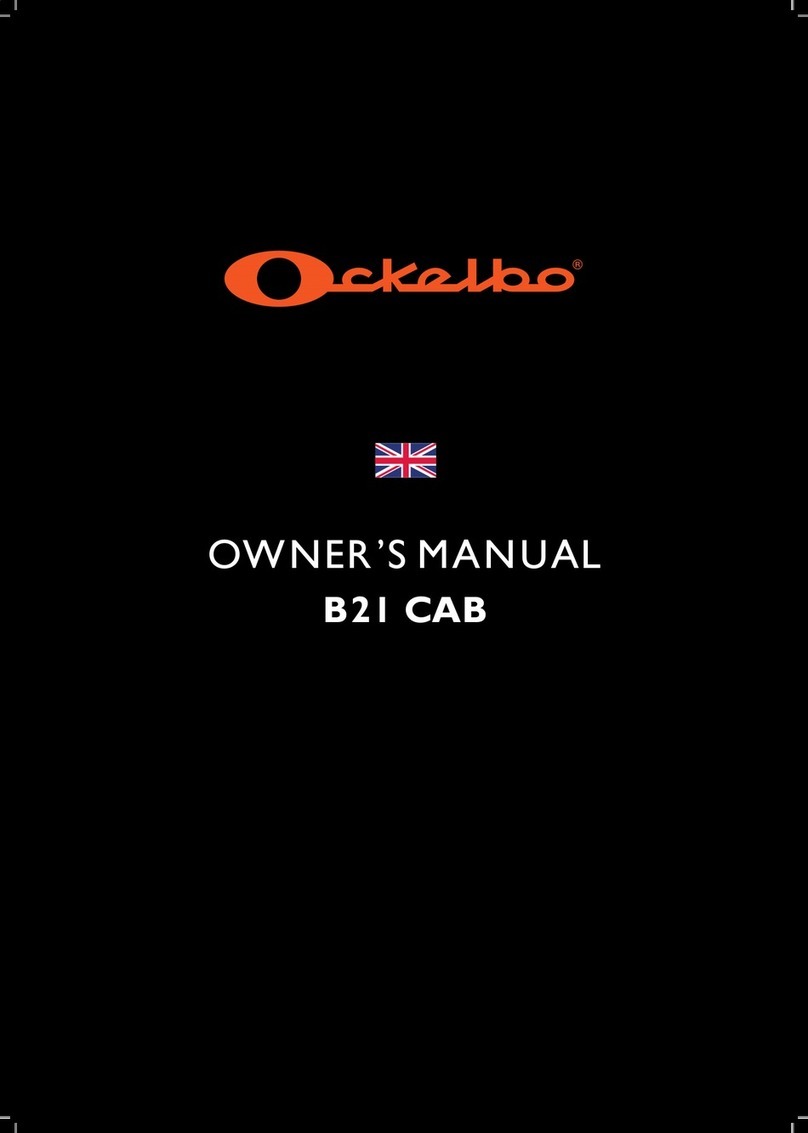3.2 DESIGN CATEGORIES.....................................................................................................20
3.3 ENGINE REQUIREMENTS ................................................................................................21
3.4 VESSEL STABILITY AND BUOYANCY .............................................................................22
3.5 LOAD CAPACITY ............................................................................................................22
3.6 PASSENGER LOCATIONS AND EMBARKING/DISEMBARKING.....................................23
3.7 SAFETY LABEL LOCATIONS............................................................................................24
3.8 THRU HULL LOCATIONS ...............................................................................................25
3.9 TRAILERING.....................................................................................................................26
3.10 STRONG POINTS ..........................................................................................................27
3.11 LIFTING OF THE BOAT.................................................................................................28
4. SYSTEMS & COMPONENTS ......................................................30
4.1 FUEL SYSTEM ...................................................................................................................30
4.1.1 Fuel tank.................................................................................................................................................. 31
4.1.2 Filling the tank.......................................................................................................................................31
4.1.3 Phase separation ..................................................................................................................................31
4.1.4 Fuel filter ................................................................................................................................................. 31
4.2 STEERING SYSTEM...........................................................................................................32
4.3 NAVIGATION LIGHTS.....................................................................................................33
4.4 BILGE PUMP .....................................................................................................................33
4.5 TRANSDUCER AND PLOTTER/DEPTH FINDER.............................................................34
4.6 ENGINE CONTROLS AND INSTRUMENTATION ..........................................................35
4.7 SWIM LADDER /MOB RESCUE LADDER ......................................................................36
4.8 CONSOLE CONFIGURATIONS ......................................................................................36
4.9 CUSHIONS (OPTION) ....................................................................................................36
4.10 CANOPY FOR CONSOLE (OPTION)...........................................................................36
4.11 STERN CANOPY FOR CC/DC (OPTION)..................................................................36
4.12 TARGA BOW (OPTION) ..............................................................................................37
5. ELECTRICAL SYSTEM ................................................................38
5.1 GENERAL DESCRIPTION.................................................................................................38
5.2 BATTERIES AND CHARGING .........................................................................................39
5.3 BATTERY MAIN SWITCH ................................................................................................39
5.4 CIRCUIT BREAKERS.........................................................................................................39
5.5 ELECTRICAL DIAGRAMS .................................................................................................40
6. MAINTENANCE ...........................................................................41
6.1 FUEL SYSTEM ...................................................................................................................42
6.2 HULL,DECK,RAILS &SUPERSTRUCTURES ...................................................................42
6.2.1 Aluminum treatment M-400 maintenance & principle........................................................... 42
6.2.2 Hull below water, antifouling treatment ....................................................................................... 43
6.2.3 Anodes for prevention of galvanic corrosion................................................................................ 44




























